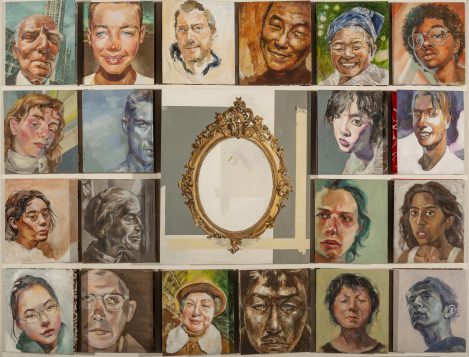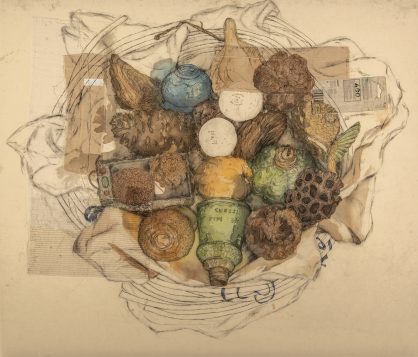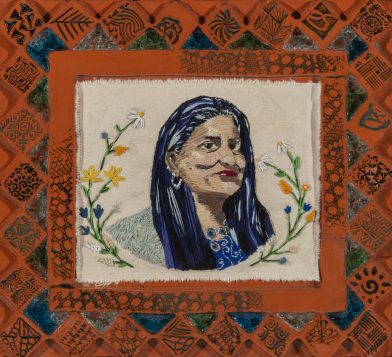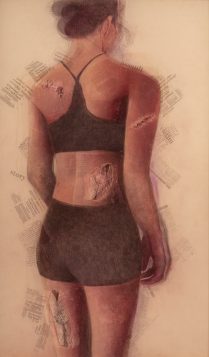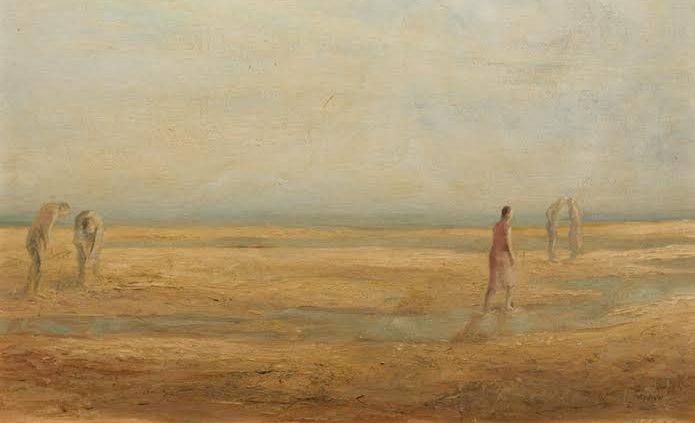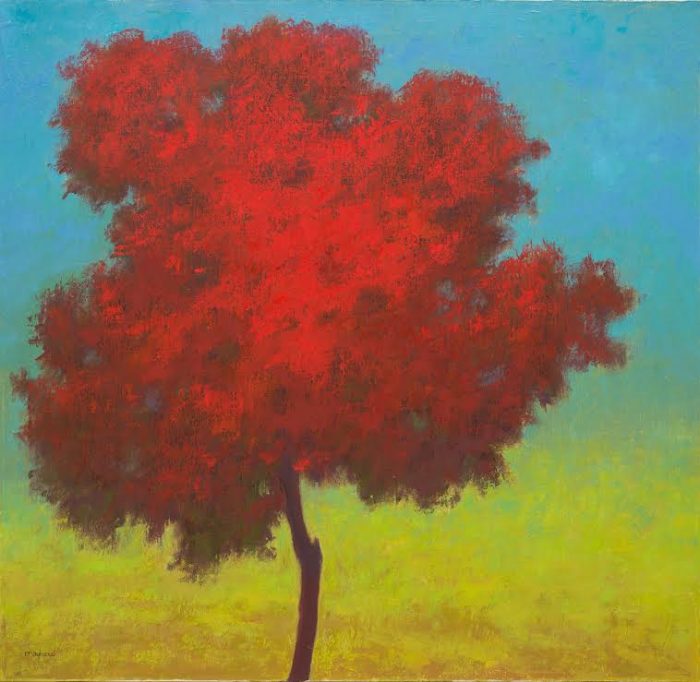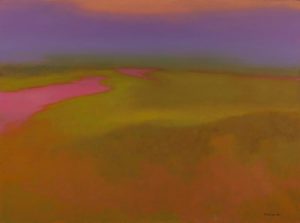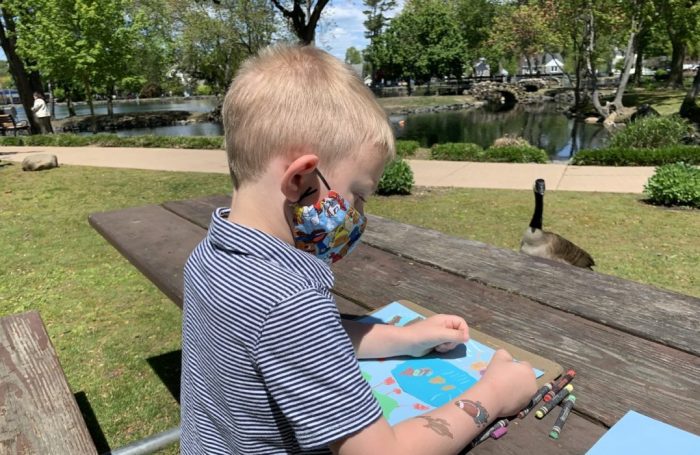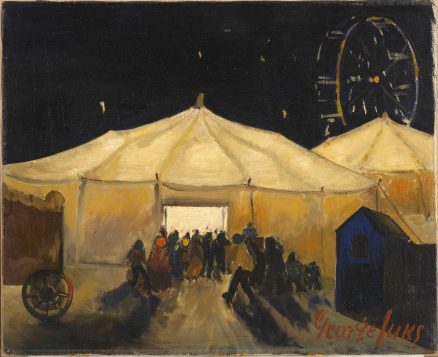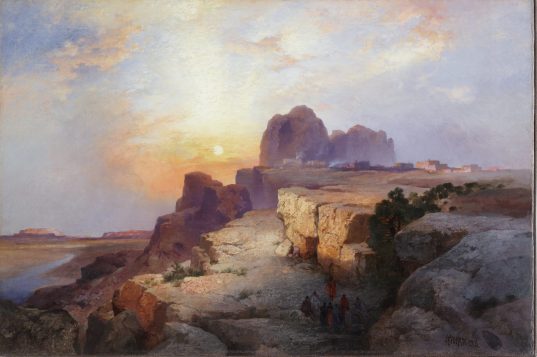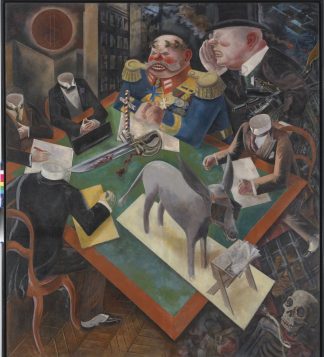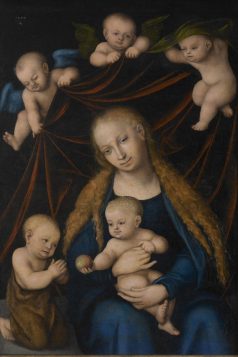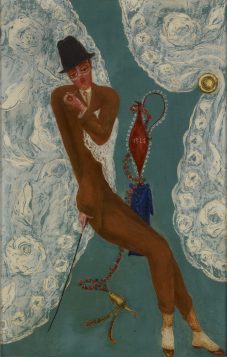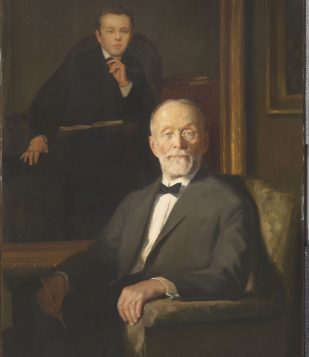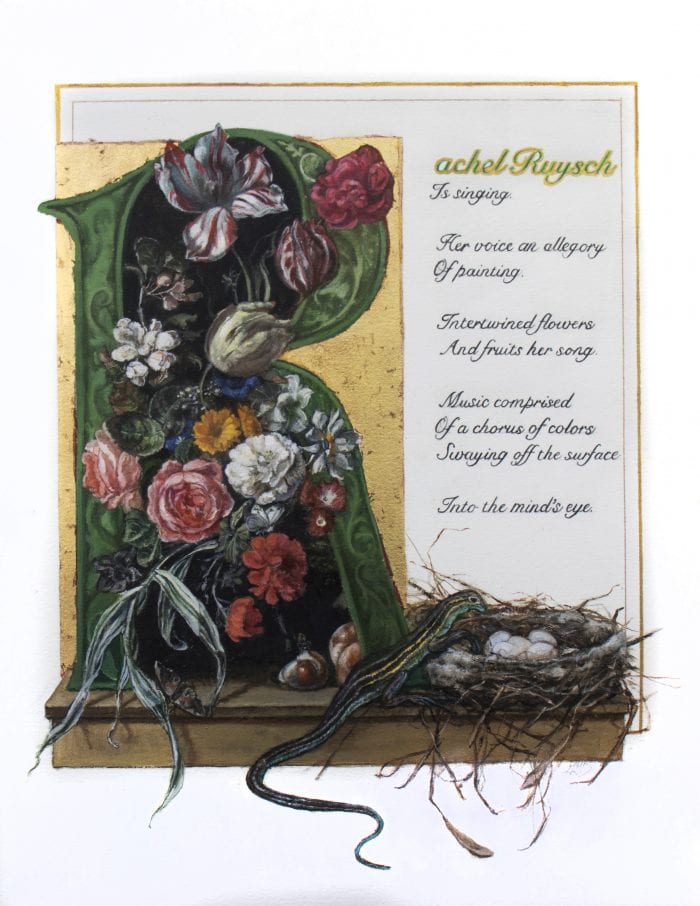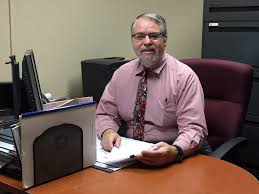By Tara Mae
Proud portraits. Mixed media meditations. Vibrant colors and muted tones. A true exploration of artistic expression, the 26th annual Long Island’s Best: Young Artists at the Heckscher Museum student exhibition is now on view in Huntington through May 29.
Jurors Karli Wurzelbacher, (Curator, at The Heckscher Museum), and local artist Emily Martin (a weaver, installation artist, and textile designer) had the difficult task of selecting 79 works out of 399 entries from 55 different schools. “It is our most competitive year yet,” said Director of Visitor Experience Kristina Schaaf.
Top awards went to four distinct mixed media works of art. 11th grader Ashley Park of Half Hollow Hills High School West won the Celebrate Achievement Best in Show award for This is Who I Am; 12th grader Anjali Gauld of Manhasset High School received Second Place for Bowerbird’s Baubles; 12th grader Khizran Fatima of Hicksville High School captured Third Place for Sinf e Aahan (Women of Steel); 12th grader Charlotte Quintero of Hicksville High School received Fourth Place for Tattered Flesh.
“Long Island’s Best is a way to highlight the talent we have in our communities and connect it with the public. People come in and cannot believe that teenagers have created such high caliber art,” said Director of Education and Public Programs Joy Weiner.
The museum is an educational institution at its core and Long Island’s Best is the culmination of its school outreach program. High school art teachers arrange for their students to visit the museum either in person, or since the pandemic began, virtually.
Educators at the museum guide the students through detailed study and discourse about works of art; students then select the works of art that most appeal to them as inspiration for their own pieces. Participants include Artist Statements in their submissions, describing their methods, inspirations, and reactions to what they saw in the museum, as well as how it led them to creating their art.
“Jurors reading about their work in their own words is a huge part of the process; it is so important for students to have to speak about what they are making,” Schaaf said. “The statements are also on view in exhibition. We take what every student has written about their process and ideas and we put it on the walls. Visitors hear from students themselves when they visit and we include little images of works that inspired them.”
There are two awards that have not yet been determined: Visitors’ Choice, for which museum-goers may vote in person and Virtual Visitors Choice, for which website viewers may vote online.
In addition to the month-long exhibition in the galleries, Mitchell’s, the Huntington-based retailer, and Firefly Gallery in Northport are currently showing select student works in their stores through May.
Beyond the immediate satisfaction of having their efforts recognized, guest juror Martin, a finalist in Long Island’s Best when she was a junior at Plainview-Old Bethpage John F. Kennedy High School in 2014, identifies with the impact participating in the exhibit can have on the students.
“I was always interested in art, but was unsure if it would be something I would pursue until I got into the LI Best show. Being chosen for this exhibit jump started my journey to become an artist,” Martin said.
The Heckscher Museum of Art, 2 Prime Avenue, Huntington is open Thursday to Sunday, from noon to 5 p.m. $5 admission is suggested for adults, free for children under the age of 13. For more information, call 631-380-3230 or visit www.heckscher.org.

